Hi Everyone,
It has been awhile since I have posted about economics. I am currently focusing on my contests for the next 6 or 7 weeks. So I am only currently planning on writing 1 economics post or creating 1 video a week.
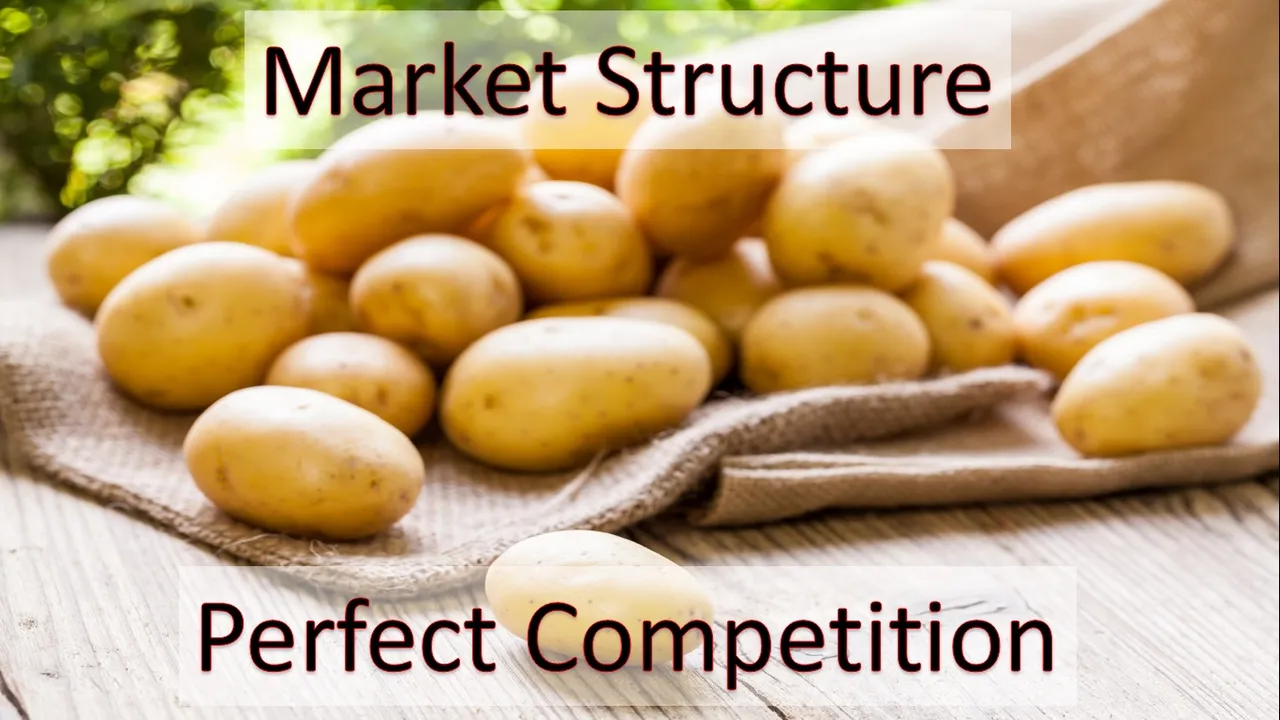
Quick recap
I started this series almost a month ago with a brief introduction of several market structures. The link to the introduction post is available at the end of this post.
In this series I will be covering 6 market structures, they are as follows:
- Perfect Competition
- Monopolistic Competition
- Oligopoly
- Monopoly
- Monopsony
- Oligopsony
Most people are quite familiar with the first four market structures in the list. Monopsony and Oligopsony are less discussed but I feel they are particularly relevant to the Steemit world as I will explain when I reach those posts.
Perfect Competition
Anyone who has studied economics will be quite familiar with Perfect Competition. In short, perfection exists when there are many buyers and sellers and the goods or services being sold are homogeneous/identical. There are no barriers to entry and all involved have perfect knowledge of prices and technology. It is also important to understand that Perfect Competition, in its absolute sense, does not exist. Perfect Competition is a mostly theoretical market structure that does not represent the real world.
So why is so much time and effort put into explaining Perfect Competition?

I feel very little emphasis is placed on the fact that Perfect Competition, in its purest form, does not exist. That is a failing of the current education system. Just because Perfect Competition does not exist as it is described, does not mean that it is useless.
There are several important characteristics of Perfect Competition that need to be understood. Homogeneous/identical products is possibly the most important characteristic to understand. If products are identical, producers/sellers are unable to differentiate their product in terms of quality. Instead they can only differentiate through price. This leads me to my next characteristic. Perfect knowledge of price and technology. If one seller reduces price, all other sellers are aware of this action and will therefore also reduce their price. In theory, price will fall until marginal cost of production. Selling below marginal cost will result in selling at a loss. These above characteristics are expressed in the figure below.
Figure 1: Perfect Competition
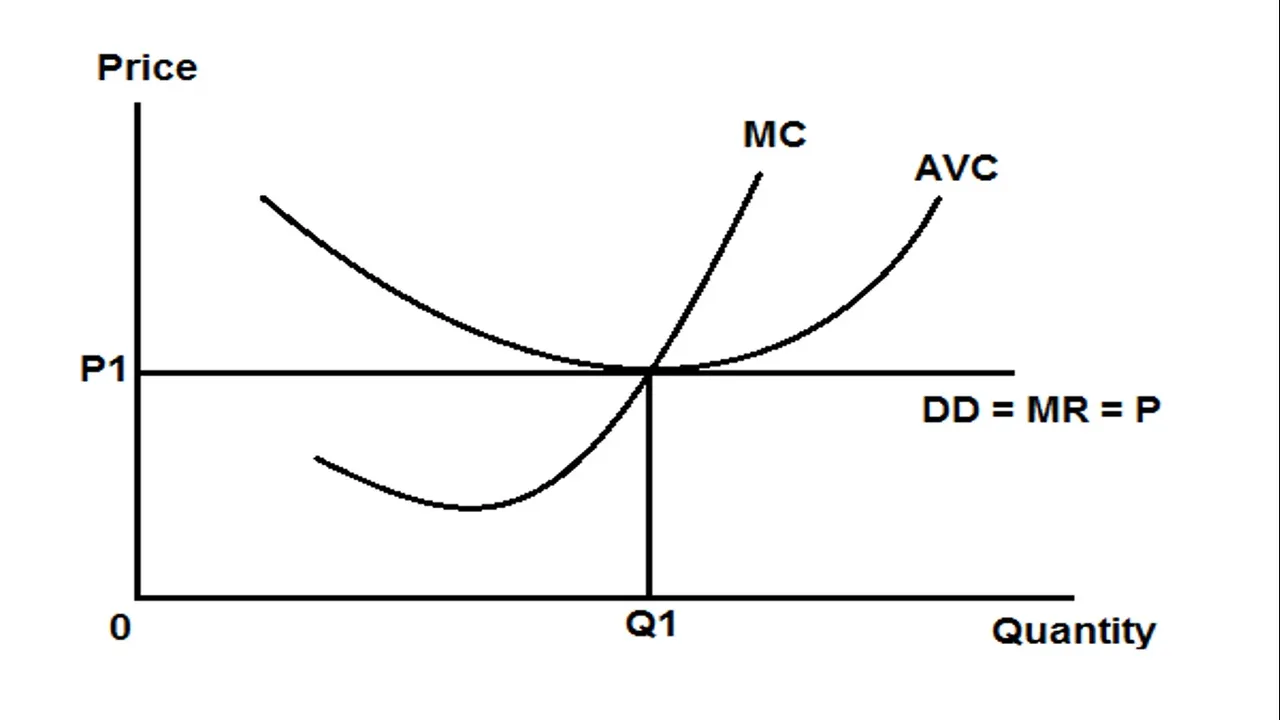
To most non-economists this figure could appear weird and quite off-putting and to many economists it is basic and possibly quite boring. I will not go into the mathematics to explain the shapes of curves or how they are derived but I will get straight to the point in regards to what this diagram actually shows and why it is quite significant. First thing to notice, Marginal Revenue (MR) equals Marginal Cost (MC). That means that the cost of the last product sold equals the revenue (price) of the last product sold. The price is not expected to be higher as other sellers will choose to undercut that price. The price is not expected to be lower as the seller will be making a loss. Second thing to notice, Marginal Cost (MC) also equals Average Variable Cost (AVC); this occurs at the lowest point on the AVC curve. In essence, this is a mathematical relationship that applies to all cost curves but it is very significant for Perfect Competition as demand (DD)/ Average Revenue (AR) also equals AVC. This tells us that profits are zero, also known as subnormal profits.
Price Wars

A key message from Perfect Competition is that solely competing based on price eliminates all profits for all sellers. Price competition can occur in several other market structures. For Perfect Competition that is the only type of competition available. This highlights the futility of price competition in a market of many sellers. This is an interesting lesson that I will follow up on with my next post in the series regarding monopolistic competition.
Allocative Efficiency
Perfect Competition also provides the ideal example of allocative efficiency. Allocative efficiency, in short, can be described as the optimal quantity of goods produced in an economy. It is often described as when marginal benefit equals marginal cost. In this case marginal benefit is marginal revenue. Allocative efficiency occurs when consumer and producer surplus is maximised. The three diagrams below explain allocative efficiency using simple demand and supply diagrams.
Figure 2: Allocative Efficiency (No deadweight loss)

Figure 3: Allocative Inefficiency (Under Production)
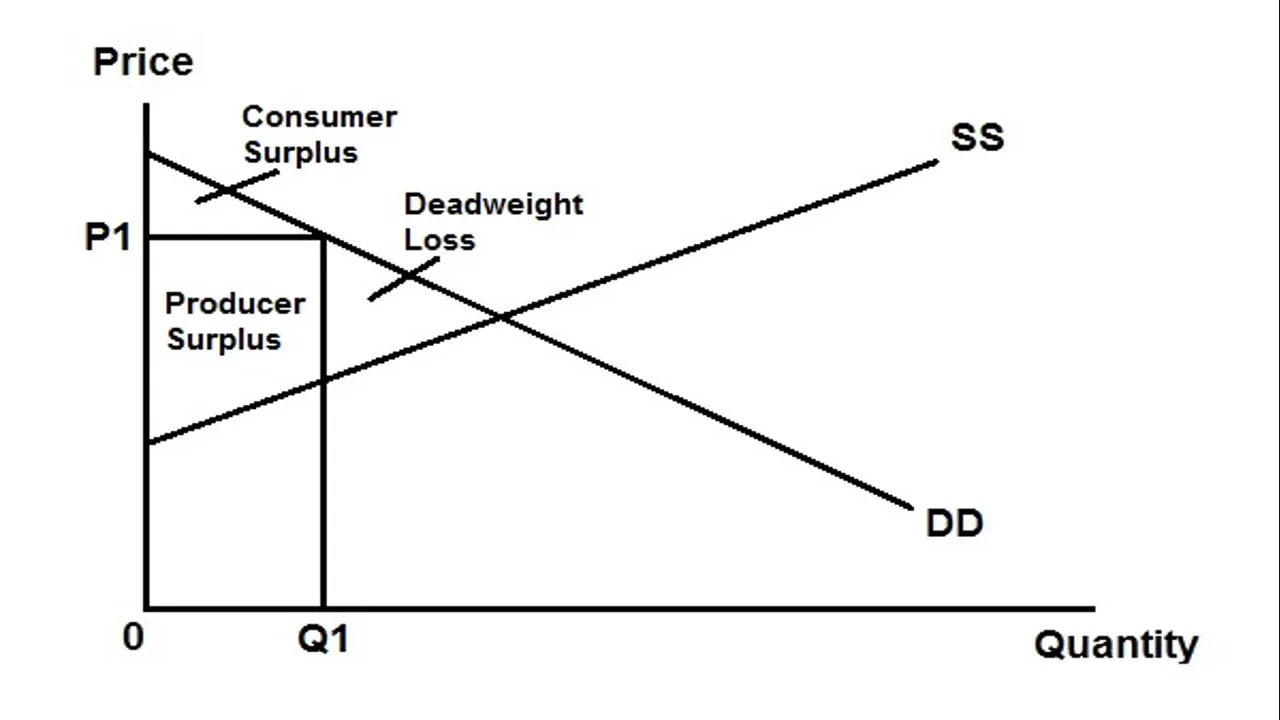
Figure 4: Allocative Inefficiency (Over Production)
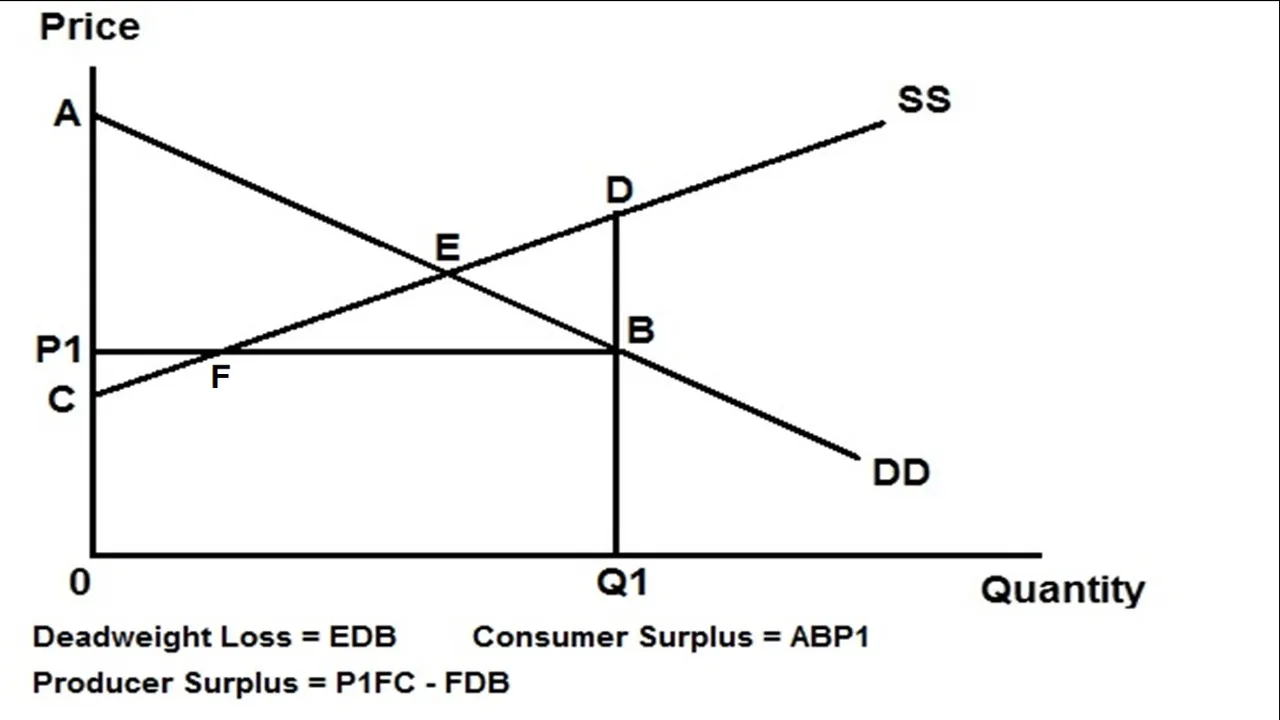
Most market structures are represented by Figure 3 which shows allocative inefficiency caused by lack of sufficient production. This favours the sellers and allows for profits through selling at a higher price. Figures 3 and 4 have what economists call a deadweight loss, this is the net loss of consumer and producer surpluses from not producing at the optimal price or selling at the optimal quantity. For Figure 2, there is no deadweight loss. Price competition has reduce price and increased quantity automatically to the allocative efficient level.
Perfect Competition appears to favour buyers over sellers by achieving allocative efficiency. If we look more closely, the existence of Perfect Competition favours neither buyers nor sellers. The inability of sellers to make a profit reduces the incentive to reduce costs and improve the quality of products. Another market structure which facilitates product differentiation and encourages innovative will most likely benefit buyers more than Perfect Competition even if that market structure does not fit the textbook definition of allocative efficiency.
Economic Models
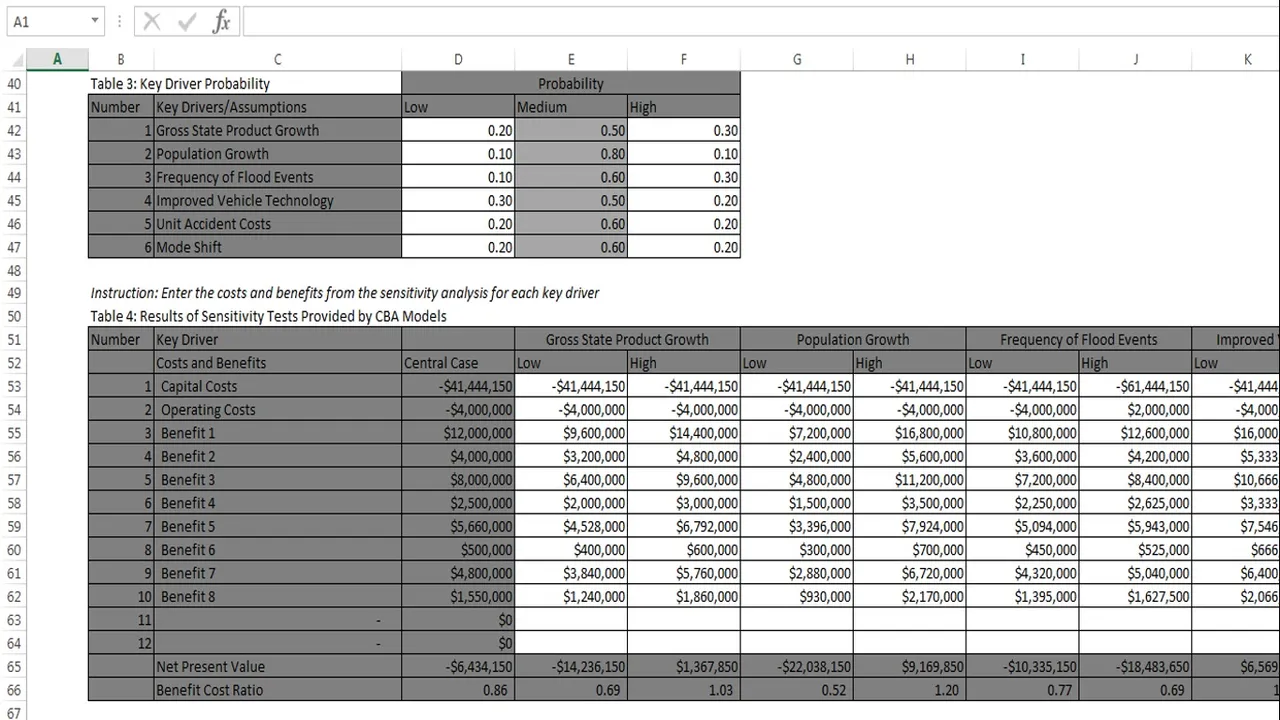
Another area the Perfect Competition market structure is useful is in regards to economic modelling. Economic models can be exceptionally complex. Adding product diversification within markets adds another layer of complexity. Having Perfect Competition as an assumption simplifies the models and makes them more useable. There are more advanced economic models (Computable General Equilibrium) that are capable of including Imperfect Competition into their models, the cost and time to operate these operate models is considerably high. The number of assumptions that are required for the algorithms in most of these models are also exceptionally high. Many would argue adding such complexity adds very little to the accuracy of the model. I find value in economic modelling but models will always have limitations. The biggest limitation being the fact that so many variables (things) are constantly changing which makes it impossible to keep track of or understand them.
Key points of post
The following are key points that you should take away from this post.
- Perfect Competition is a market structure that has many buyers and sellers, and products are identical.
- Perfect Competition is a theoretical market structure with almost no real world examples.
- Perfect Competition provides implications for competing purely on price.
- Perfect Competition provides an ideal example for allocative efficiency.
- Perfect Competition is useful for simplifying assumptions for economic modelling.
Of the all the market structures that I am covering in this series, Perfect Competition has the least real world examples. Even products such as potatoes and rice can be differentiated in some form. Perfect Competition, from what I believe, is the most deeply covered market structure in textbooks and colleges. There are certainly merits in understanding Perfect Competition but students should not be misled into believing that this a typical real world market structure.
Thank you for taking the time to read this post. My next post in the series will be on Monopolistic Competition. This market structure has many real world examples.
Below is a link to the introduction post for this series.






